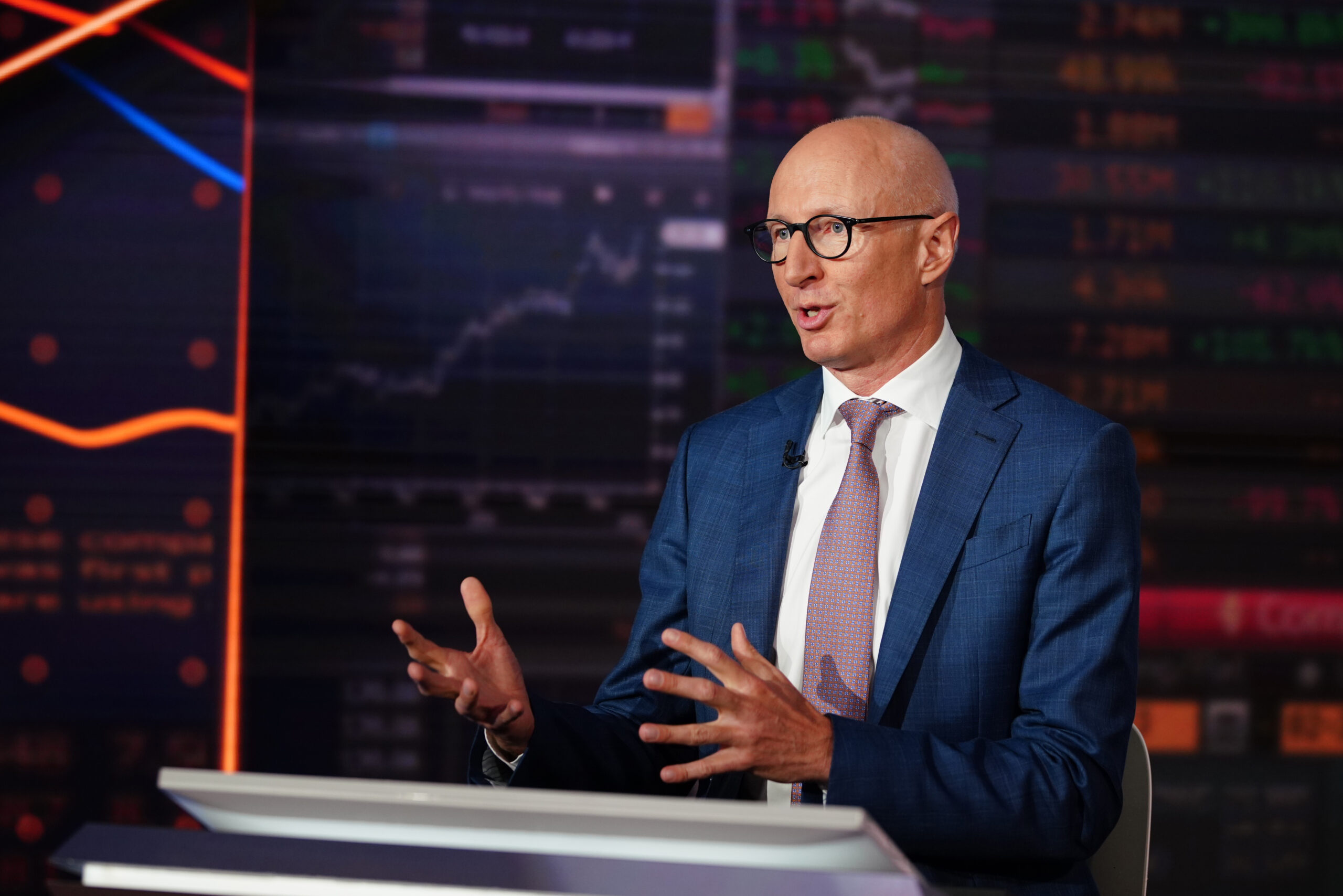
Novo Nordisk notches big GLP-1 sales amid rebounding supplies, but cautions on future 'periodic constraints'
With Novo Nordisk’s obesity treatment Wegovy fully back in stock in December, sales are beginning to soar, the Danish pharma reported during its annual earnings call on Wednesday. Total scripts of the glucagon-like peptide 1 (GLP-1) Wegovy topped 37,000 weekly in mid-January, a hockey stick uptick from end-of-year levels below 15,000 per week.
The new prescriptions come on top of the overall momentum of Novo obesity drug sales in 2022, although the then supply-constrained Wegovy was only part of that. Sibling obesity med Saxenda accounted for DKK 10.7 billion ($1.58 billion) of the total DKK 16.9 billion ($2.49 billion), or about 63%, in Novo Nordisk’s reported obesity segment sales.
Unlock this article instantly by becoming a free subscriber.
You’ll get access to free articles each month, plus you can customize what newsletters get delivered to your inbox each week, including breaking news.